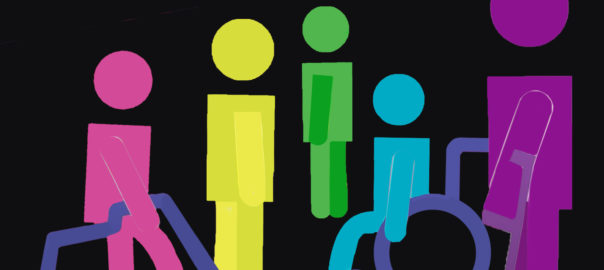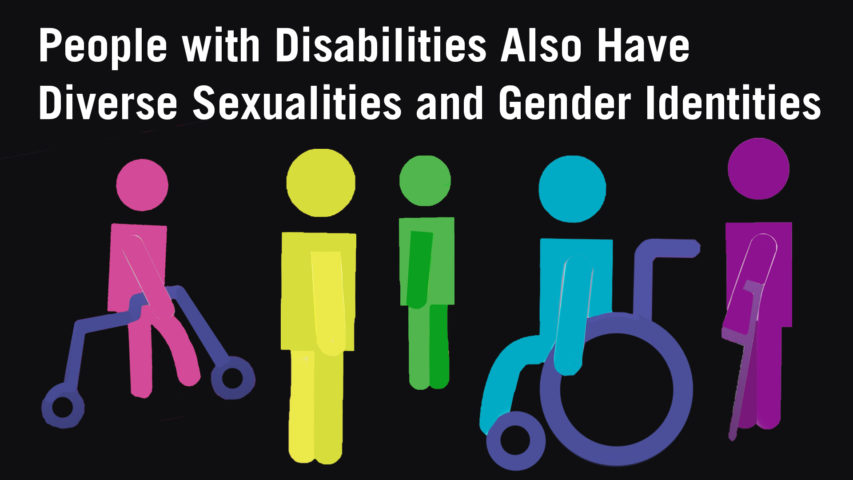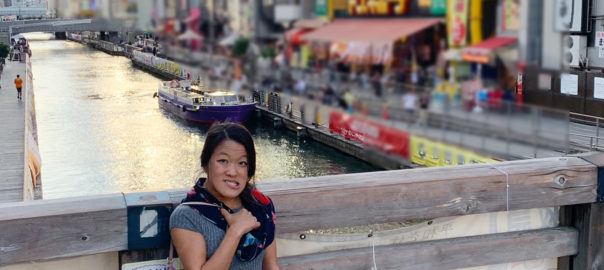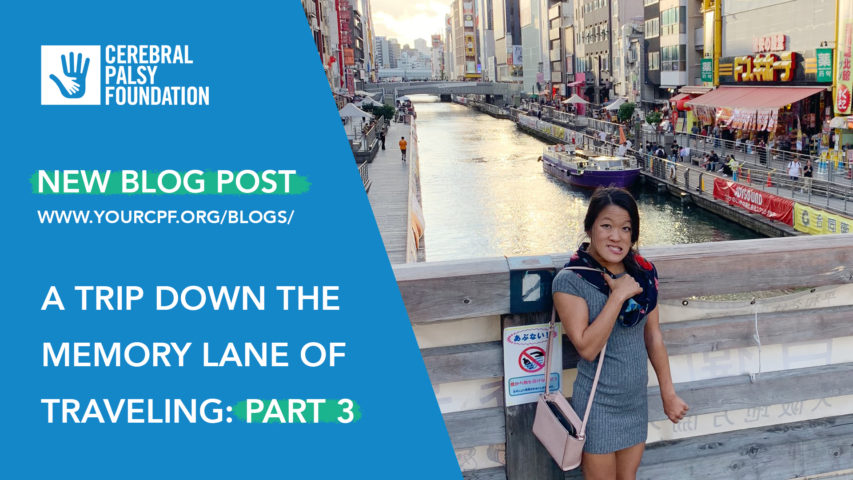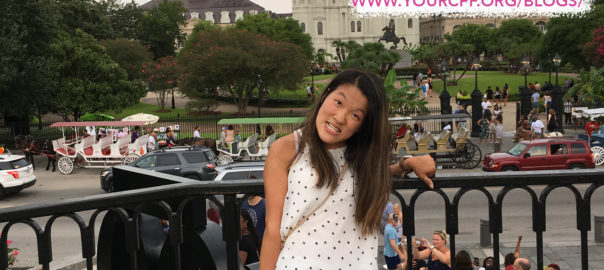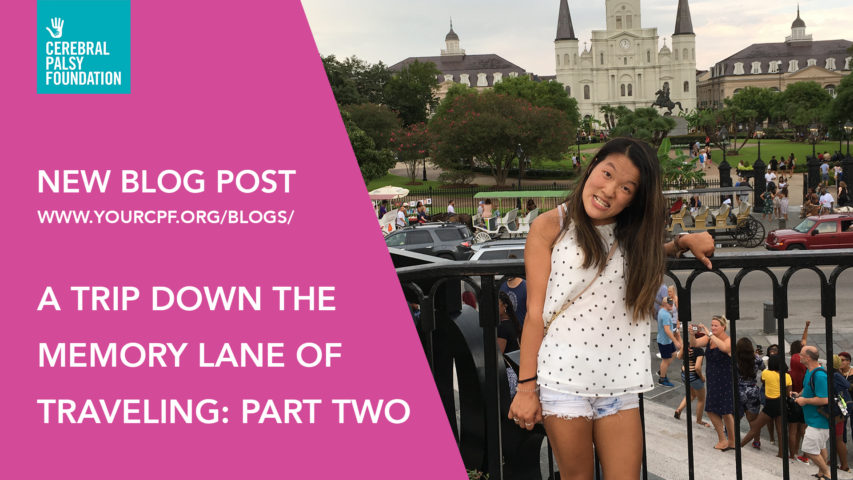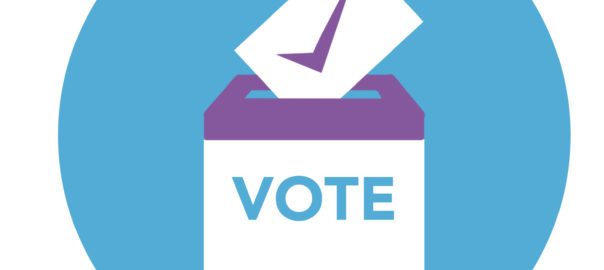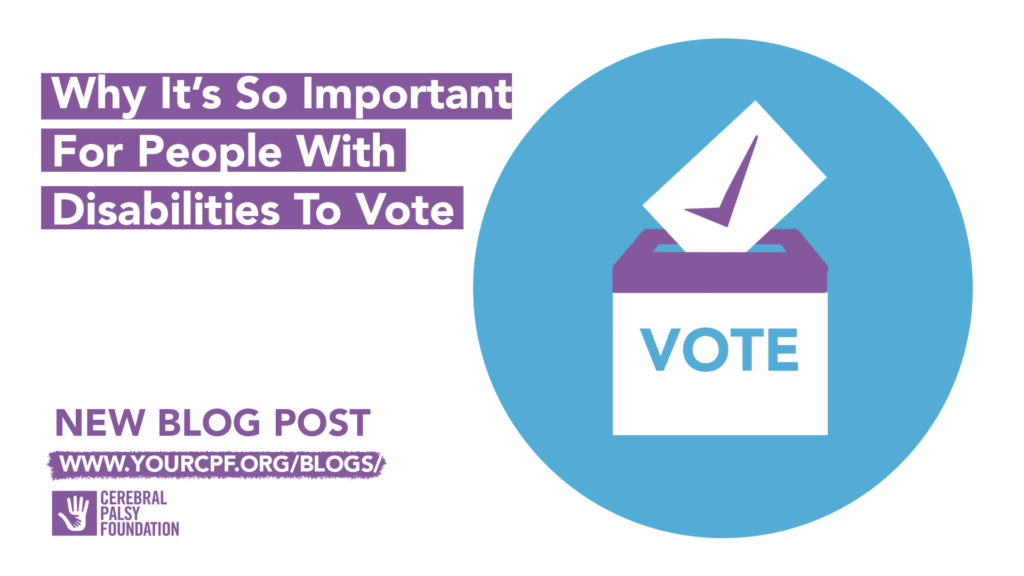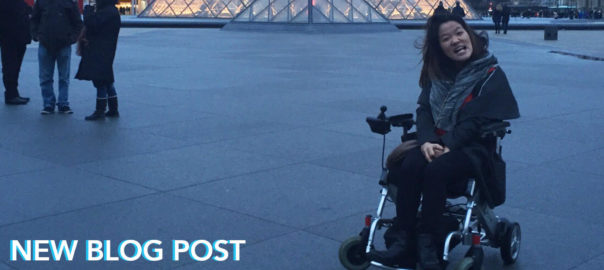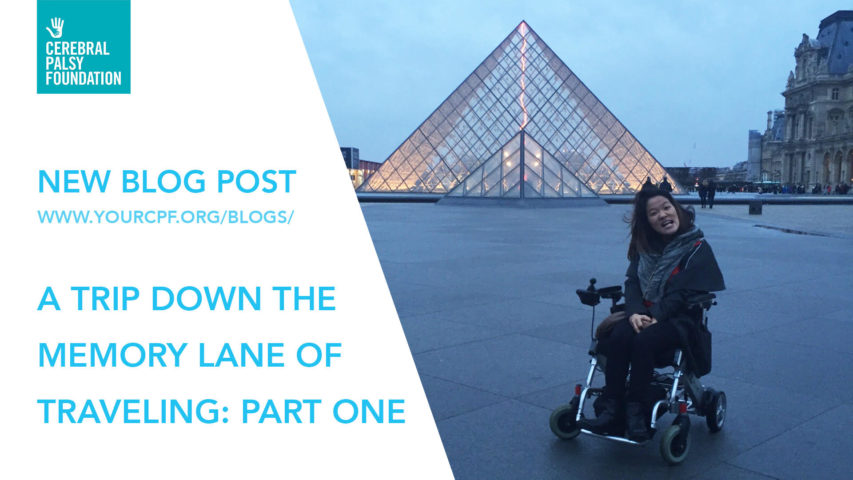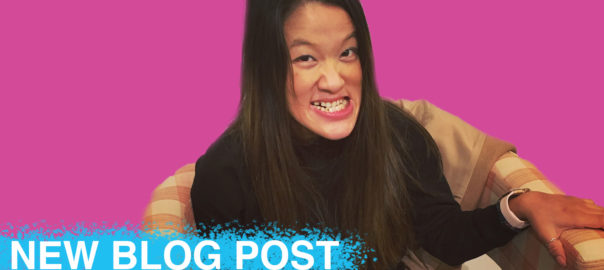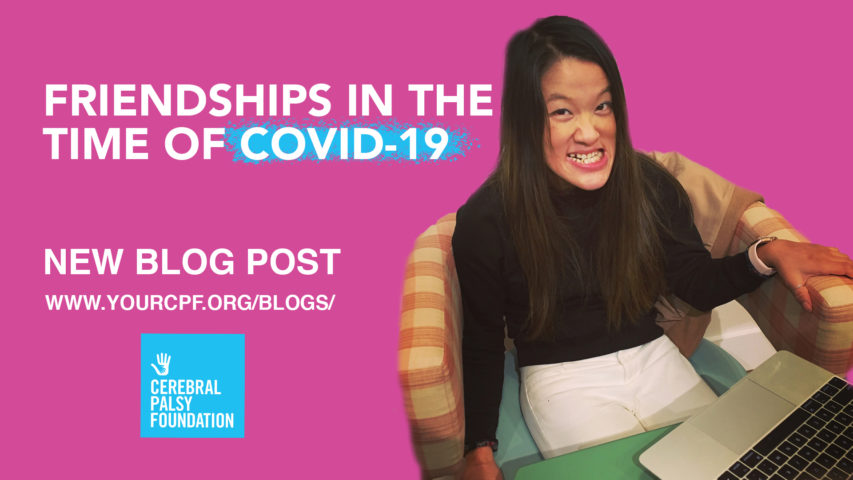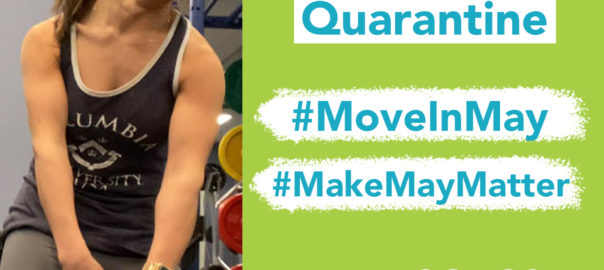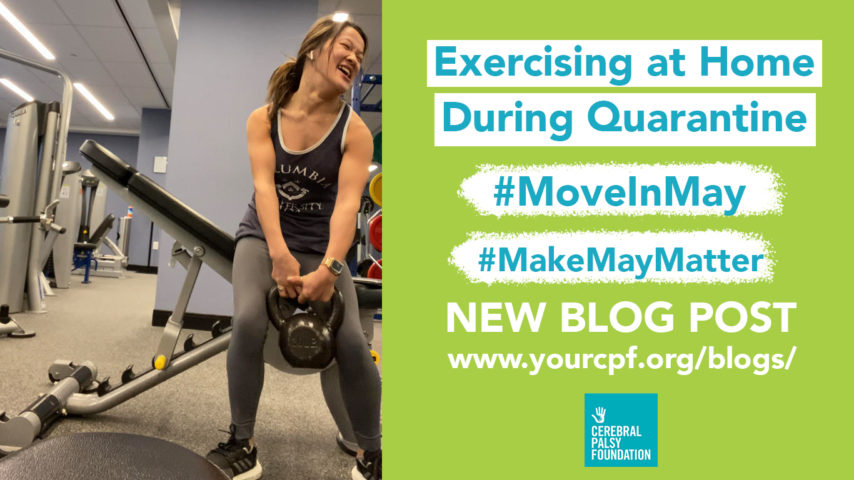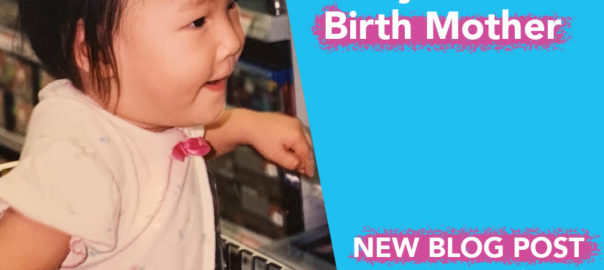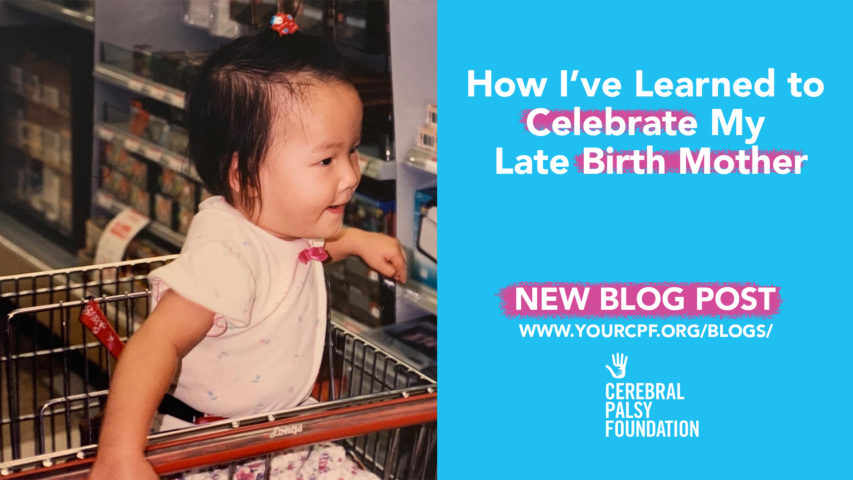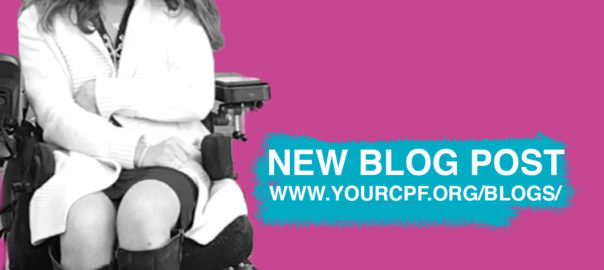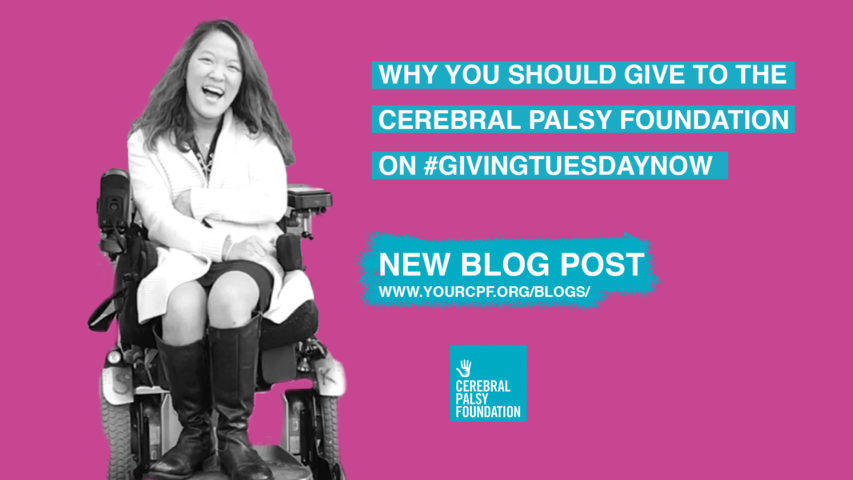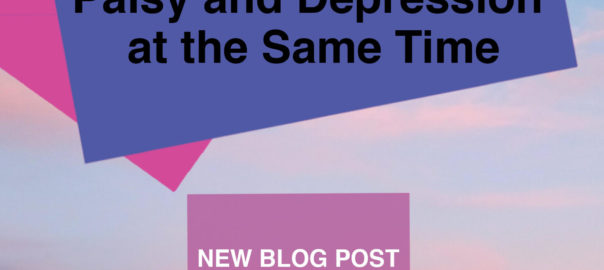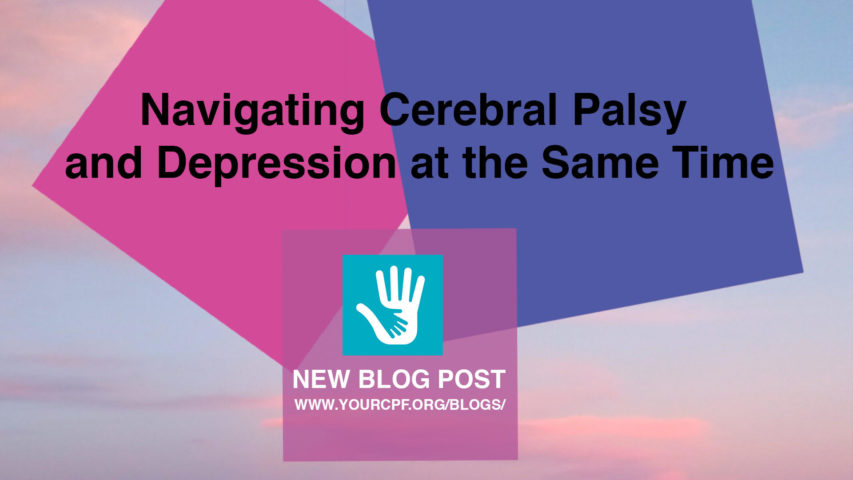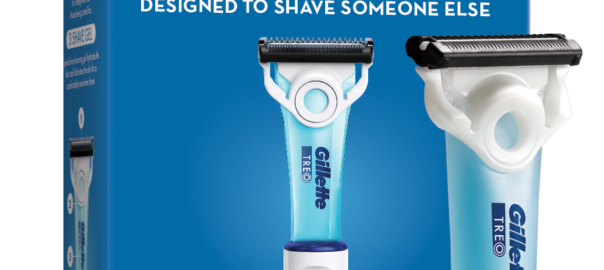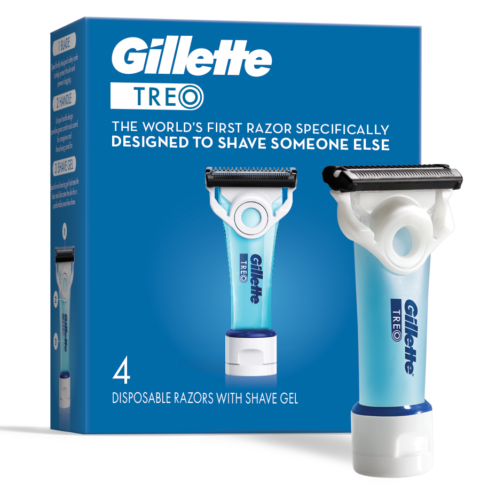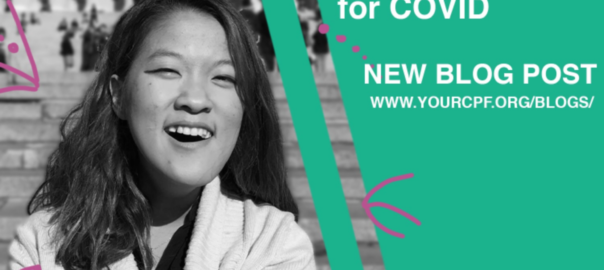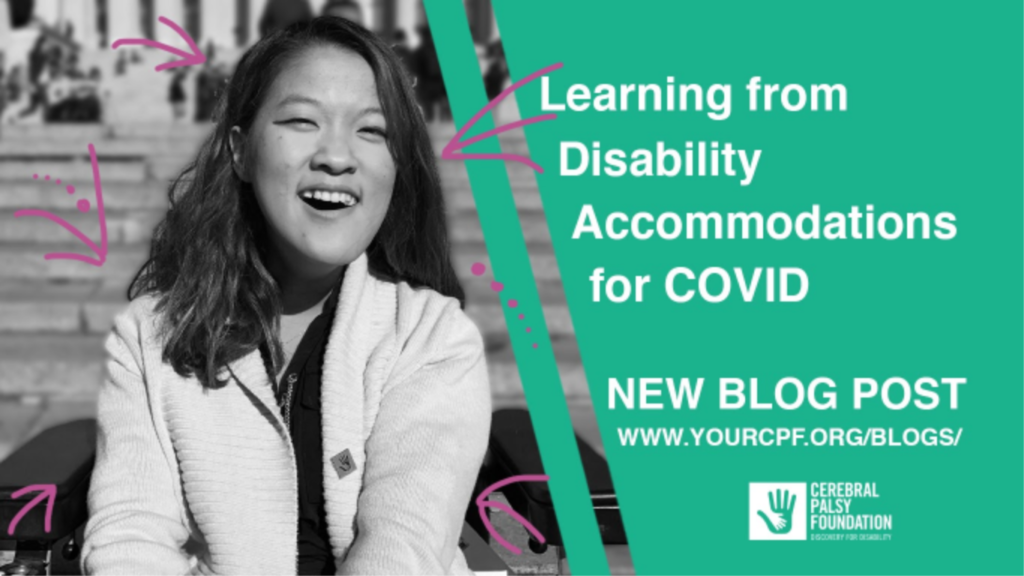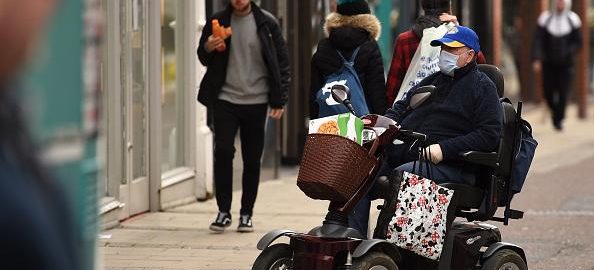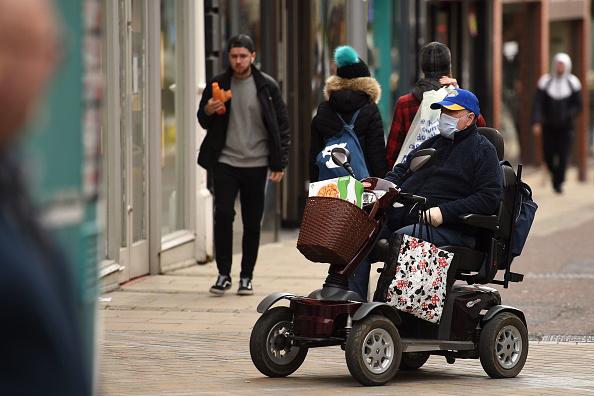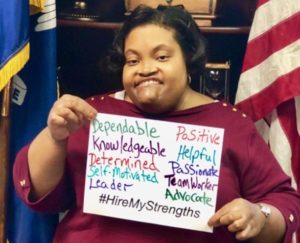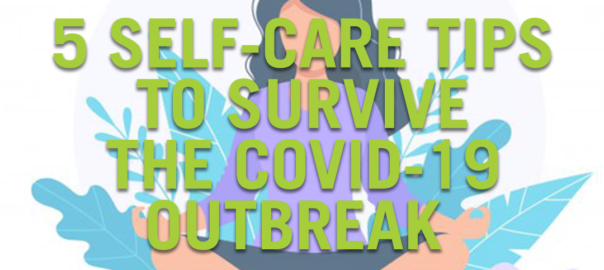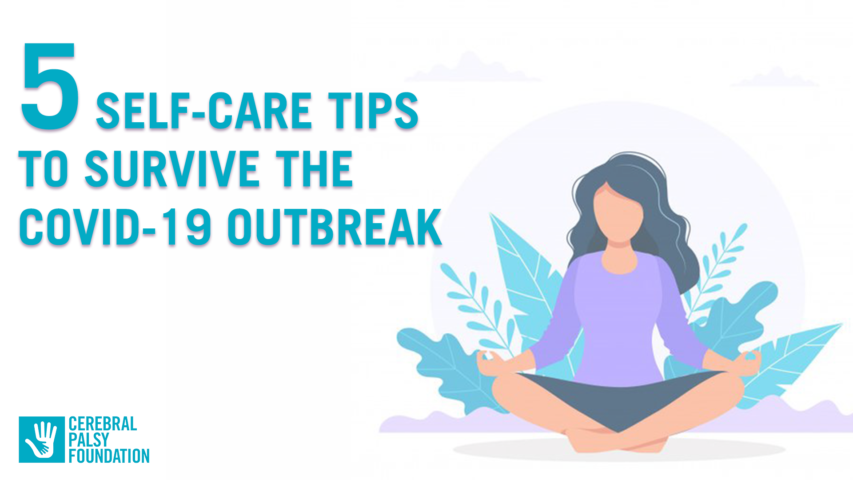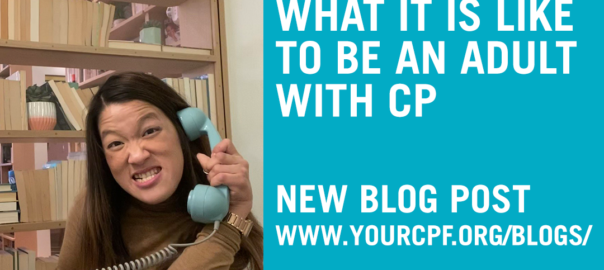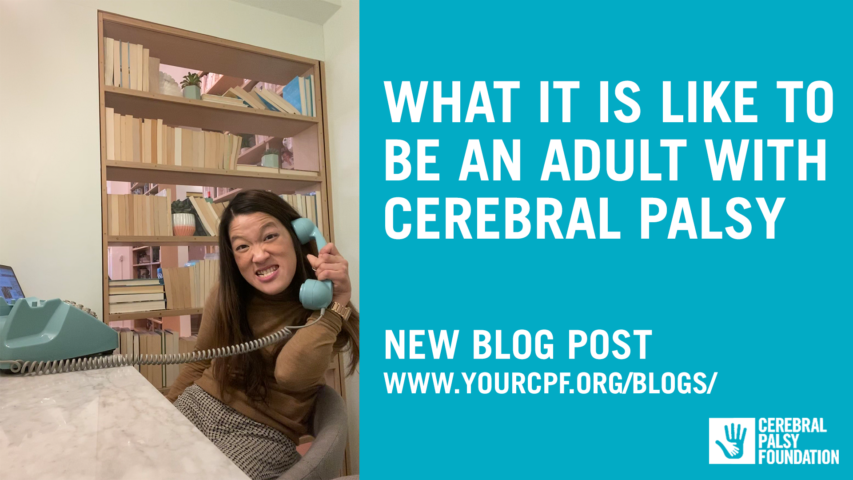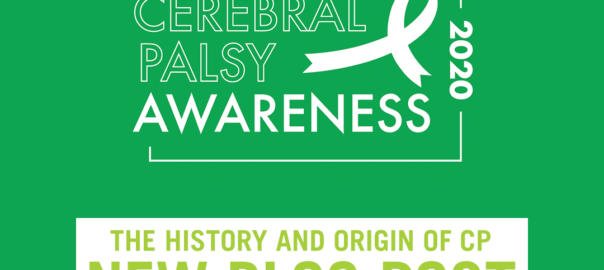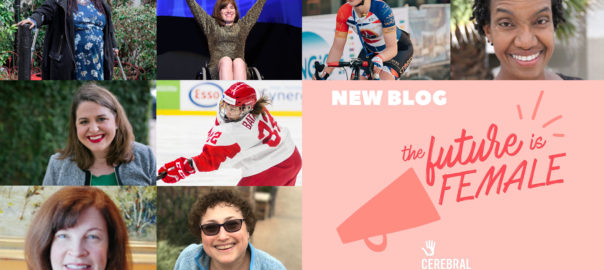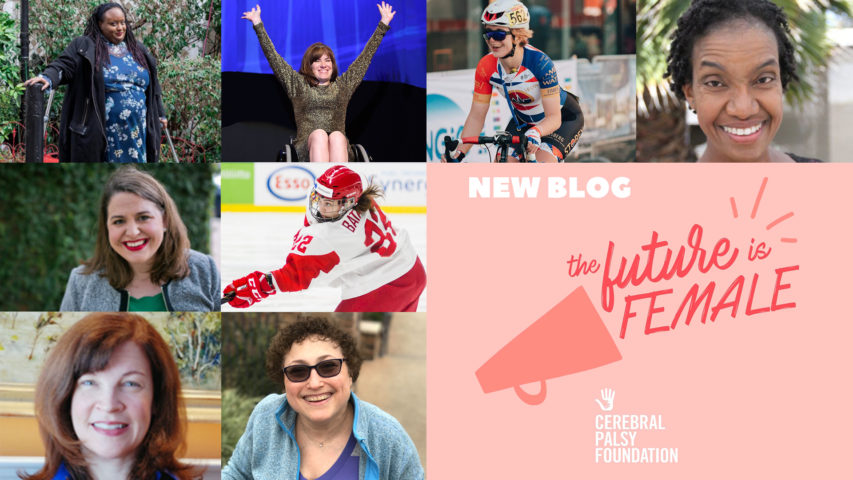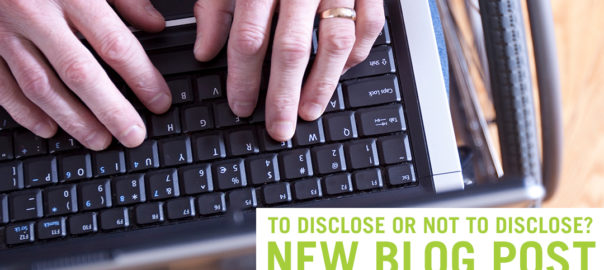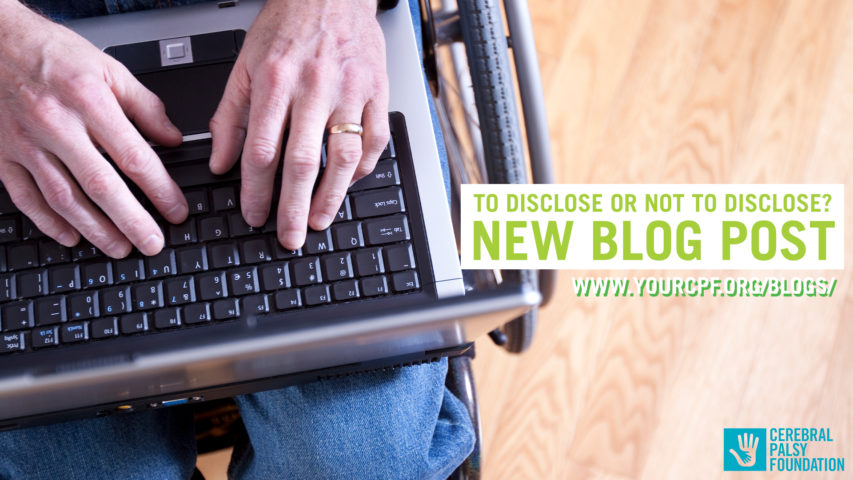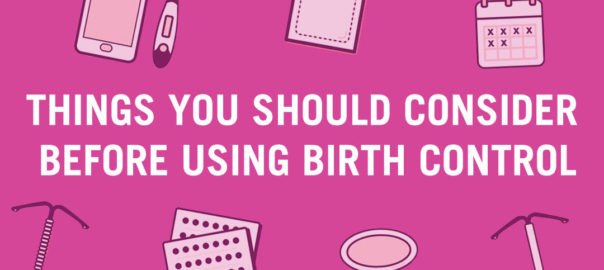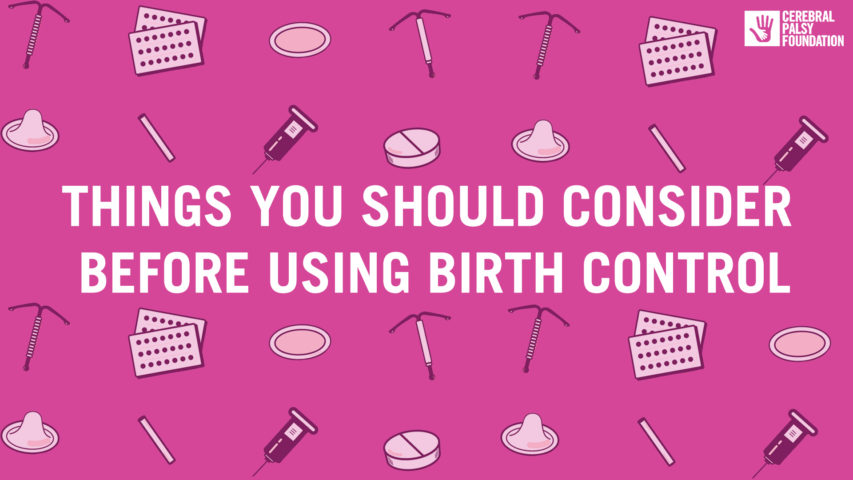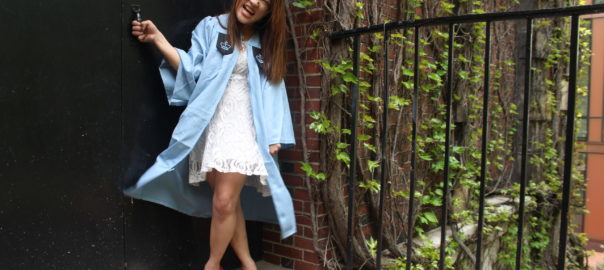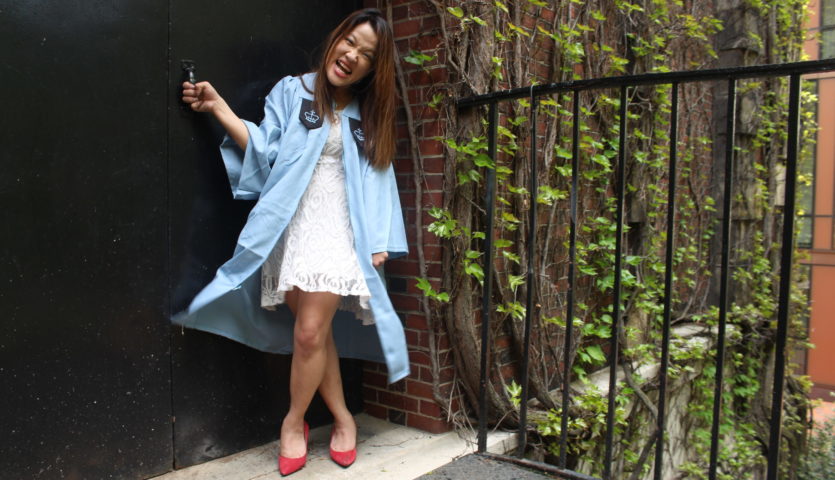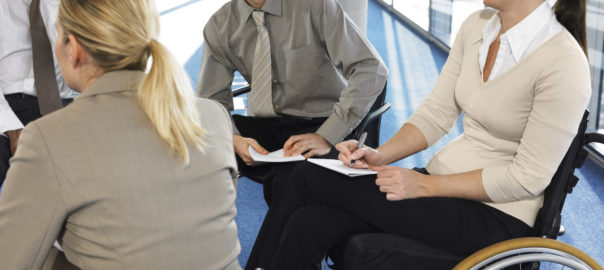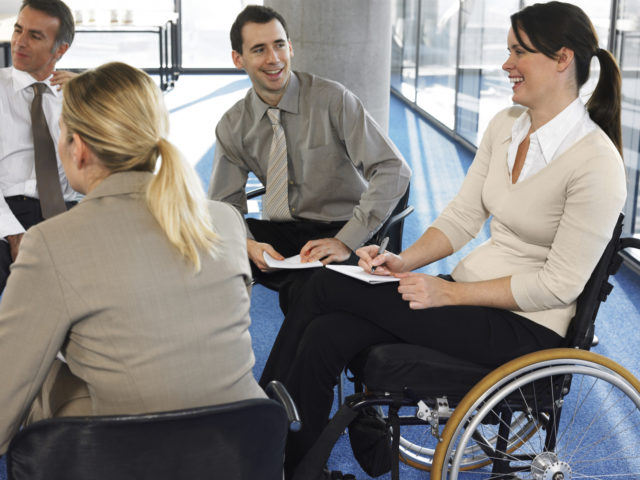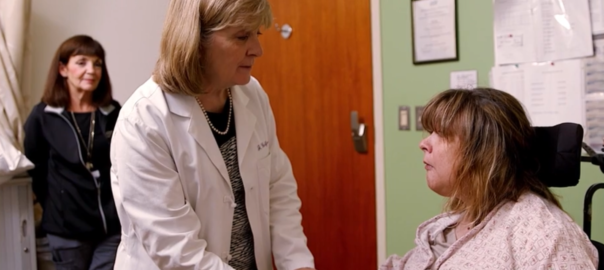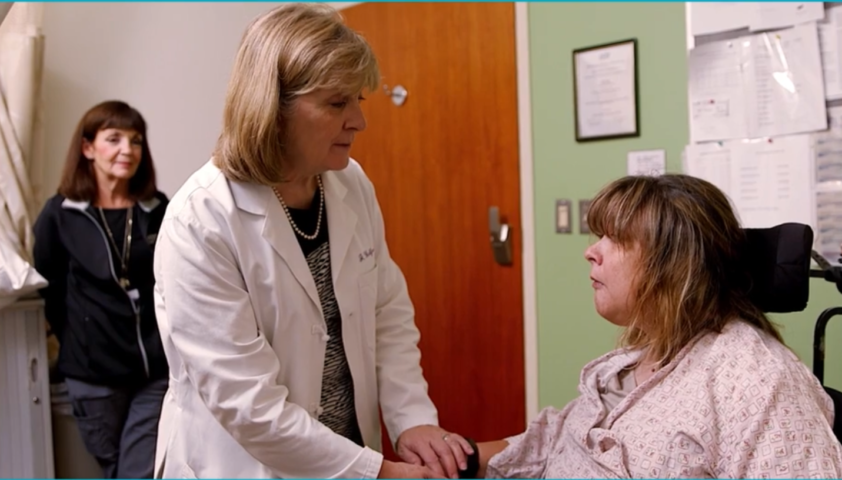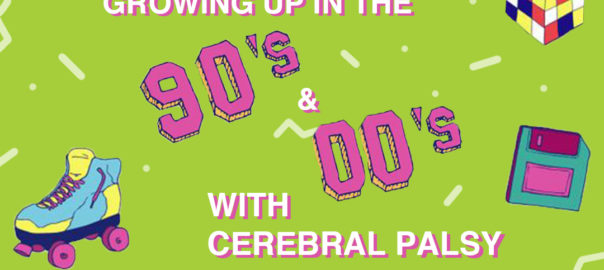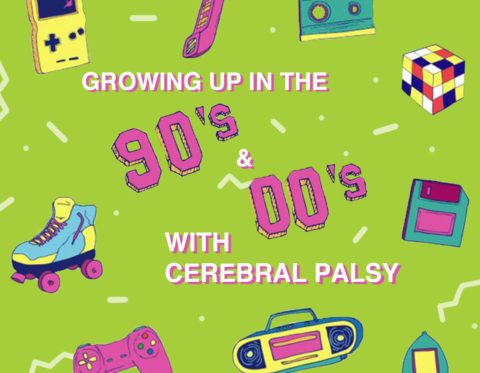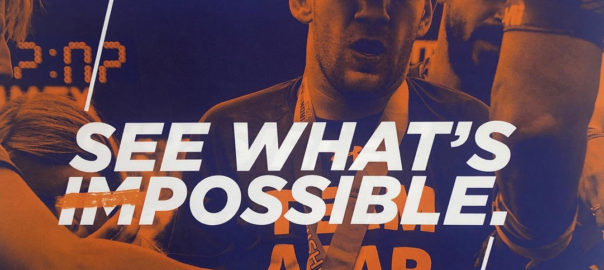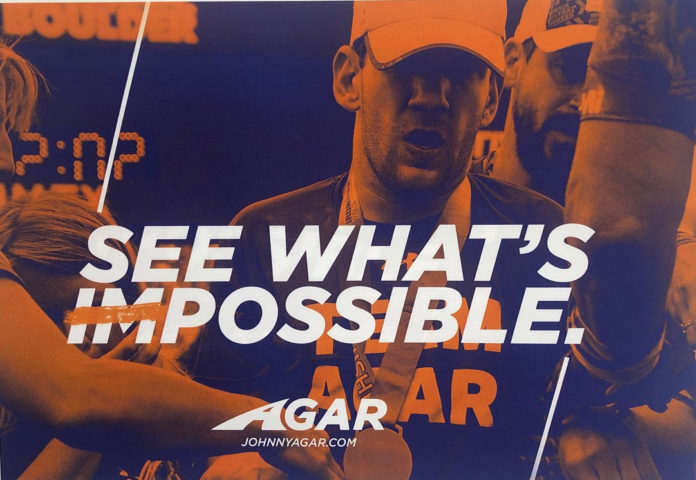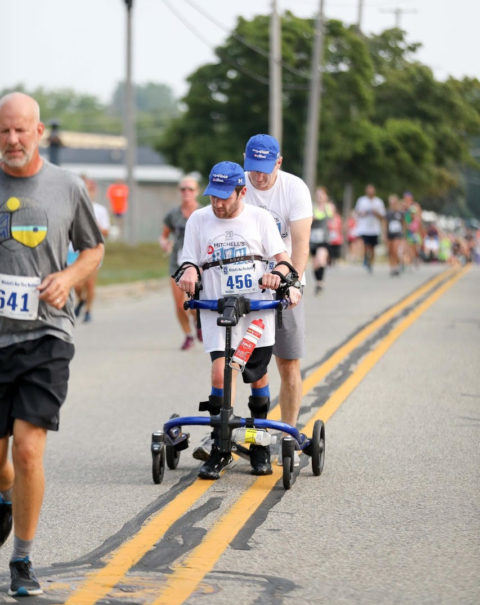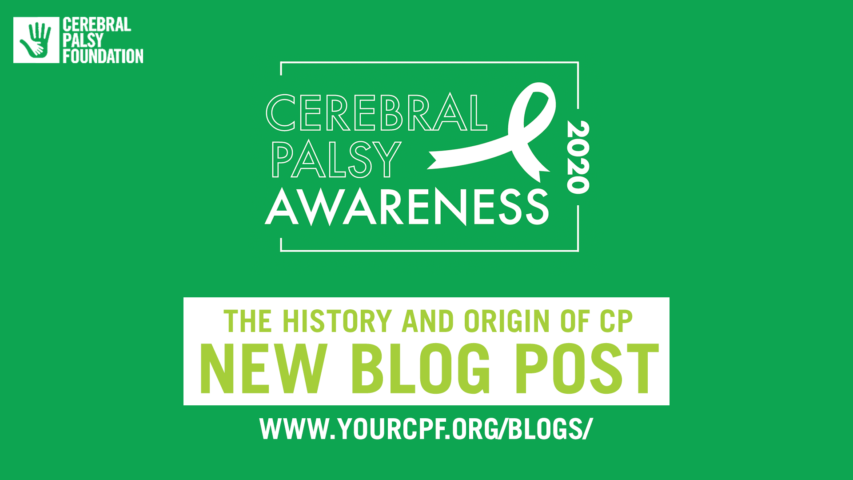
If you’re a history nerd like me, then you probably wondered about the origin of cerebral palsy at least once in your life. As an ever-inquisitive kid, that was certainly at the forefront of my mind, especially when I was old enough to truly comprehend that I had CP.
Although cases of CP date back to ancient civilizations, including the Egyptians, Greeks, and Romans, the term “cerebral palsy” did not exist and there was no known causes or treatment for this group of neuromuscular conditions, what we now know as CP, until the 19th century.
In the spirit of Cerebral Palsy Awareness Month, we’ve compiled a list of some fast facts on the origin of CP. Even if you have lived with CP all your life, you might learn something new about it!
What was the first known case of cerebral palsy?
It is believed that Siptah, an Egyptian Pharaoh who ruled from around 1196 to 1190 BC, had the first discovered case of CP. Hundreds of years after his death, a medical examination of his mummified body found a severely deformed foot, and medical historians claimed that Siptah’s body was the oldest physical evidence of a person with CP. Although poorly documented, mentions of CP were found in representative art, literary sources, and paleopathology.
When was cerebral palsy first discovered?
According to historical documents, Dr. William John Little is recognized as the first person to study CP and defined it in 1853. Dr. Little himself had a clubfoot and various illnesses from childhood, including polio, so he decided to turn his experiences into a lifelong project to understand and help others with similar symptoms and conditions.
However, at that time, the diagnosis was referred to as “Little’s Disease” or “cerebral paralysis.” Dr. Little presented his research to the Obstetrical Society of London, where he provided the first concept of CP. He explained that children with the condition have an injured nervous system that results in spasticity. British neurologist, Sir. William Gower expanded on this by linking paralysis in newborns to difficult births.
Who came up with the term “cerebral palsy” and when?
In 1887 Sir William Osler coined the term “cerebral palsy” and applied it to Dr. Little’s research. Sir Osler conducted further research on CP and wrote a book entitled The Cerebral Palsies in Children. In the book, Osler summarized the lectures he gave on the condition, which included numerous case studies and suggestions for the possible causes of CP.
In the same year that he wrote The Cerebral Palsies in Children, Sir Older became Chief of Medicine at what was then the recently-established John Hopkins School of Medicine. While waiting for the opening of the medical school, Sir Osler wrote the medical textbook, The Principle and Practice of Medicine. To this day, he is regarded as the father of modern medicine.
What were the initial theories on the causes of cerebral palsy?
Dr. Little theorized that CP only occurred due to difficult childbirth, specifically the lack of oxygen a newborn received at the time of delivery. However, Dr. Sigmund Freud, a world-renowned psychiatrist and neurologist, was the first to state that CP might be caused by abnormal development before birth. He hypothesized that something might have occurred during fetal development and that CP was associated with other disorders, such as intellectual disabilities, visual impairments, and seizures.
In 1893, he published the book, On the Knowledge About Cerebral Diplegias of the Childhood Age (in connection with Little’s Disease). During the time, Dr. Feud’s theories were largely ignored, as the majority of medical professionals still relied on Dr. Little’s findings. Years later, Dr. Freud’s theories were reconsidered when extensive research proved that oxygen deprivation accounted for only 10% of cases.
When was the first center for cerebral palsy treatment and research founded?
In 1937, Dr. Winthrop Phelps founded the Children’s Rehabilitation Institute, the first of its kind, in Maryland. The institution was dedicated to the treatment and care of children with CP. In 1932, Dr. Phelps published the first professional journal article about CP since 1843. In it, he insisted that not all affected children had cognitive challenges, but instead, only their motor controls were impaired. Dr. Phelps also noted that people with CP could be productive members of society.
In 1947, Dr. Phelps founded the American Academy for Cerebral Palsy with five other doctors who were working with patients with CP. He was elected as the first President. Over 70 years later, the organization was renamed the American Academy for Cerebral Palsy and Developmental Medicine (AACPDM), and still exists today.
When did activism and advocacy for people with cerebral palsy start?
Marie Killilea’s two New York Times Bestselling books, Karen and the sequel, With Love from Karen, could be viewed as the start of patient/parent advocacy for CP. One of Marie’s children, Karen Killilea, was born three months prematurely in 1940 and failed to reach developmental milestones. Doctors couldn’t give Marie and her husband James a clear diagnosis and were overwhelmingly pessimistic about their daughter’s prognosis. A few years later, it was determined that Karen had CP. Against doctors’ suggestions, Marie and James kept Karen at home instead of institutionalizing her.
Marie was inspired to advocate for Karen and other people with CP. She co-founded the Cerebral Palsy Association of Westchester, as well as a national organization that later became United Cerebral Palsy.
When and how was the Cerebral Palsy Foundation created?
We can’t talk about the history of CP without mentioning the formation of our very own, the Cerebral Palsy Foundation! In 1949, Isabelle Weinstein Goldenson and her husband Leonard, who was at the time the president of the United Paramount Theatres and ABC Television, began seeking treatment options for their daughter who was recently diagnosed with CP. With people like Marie Killilea, as mentioned above, and New York businessman Jack Hausman and wife Ethel, Isabelle founded United Cerebral Palsy.
In 1955, Isabelle took one step further. She convinced Harvard Medical School’s Dr. Sidney Farber of the need for research into the prevention of CP. With that, Dr. Farber brought in 14 of the top medical scientists to form the United Cerebral Palsy Research and Educational Foundation, known today as the Cerebral Palsy Foundation (CPF). Over the past 65 years, CPF has flourished into the largest non-government founder of CP research in America!
Finally, how did National Cerebral Palsy Awareness Day, and later Month, start?
Despite CP being the most common motor disability in children, there was no national awareness day for it, but there were such days for practically every other disorder and disease. So, in 2006, Reaching for the Stars (RFTS), an education and advocacy group run by parent volunteers, decided to make one. Cynthia Frisina (current CPF VP of Partnership), who was then RFTS co-founder and executive director, teamed up with RFTS parents in Georgia to petition the state to establish March 25th as National CP Awareness Day. Since people were already embracing green for St. Patrick’s Day, the organizers thought it’d be an easy color for folks to deck themselves out in on March 25th as well.
Then in 2014, RFTS began to expand National CP Awareness Day into the whole month of March. That year, the organization started to create green t-shirts for supporters to wear and green ribbons and related images for social media. The idea spread like wildfire and people across the U.S. embraced the idea and encouraged their communities to honor the month by lighting buildings green, issuing proclamations, organizing school events, and wearing green shirts and ribbons.
Last year, RFTS merged with CPF to spark an even greater impact for CP Awareness Month. Our campaign GoGreen4CP.org is all about going green, celebrating top influencers in the community, and shifting societal perceptions on CP!
—
Although at times it might seem as if things in the CP world are moving slowly today, in terms of policies and scientific discoveries, it is so important to remember where we started from and how far we have come. Today, cerebral palsy in infants is detected at very early stages of life, and that means interventions can occur faster than they could before. With technological innovations occurring at rapid speeds, technology is filling in the gaps between a person’s physical abilities and their greatest potential. Laws and policies, such as the ADA, although not perfect, advocate and protect the rights of people with disabilities and help advance their lives.
During this month, let’s take a moment to appreciate doctors like Little, Osler, and Freud, who helped develop the concept of cerebral palsy and opened the doors for many more discoveries and innovations. Today, people with CP are leaders in their respective fields, earning the highest academic degrees, raising families, and making significant contributions to society.
Sources:
“Hallmarks in the history of cerebral palsy: From antiquity to mid-20th century” https://doi.org/10.1016/j.braindev.2012.05.003
“Cerebral Palsy: A Historical Review”
https://doi.org/10.1007/978-3-319-67858-0_1
***
Blog written by Sarah Kim

